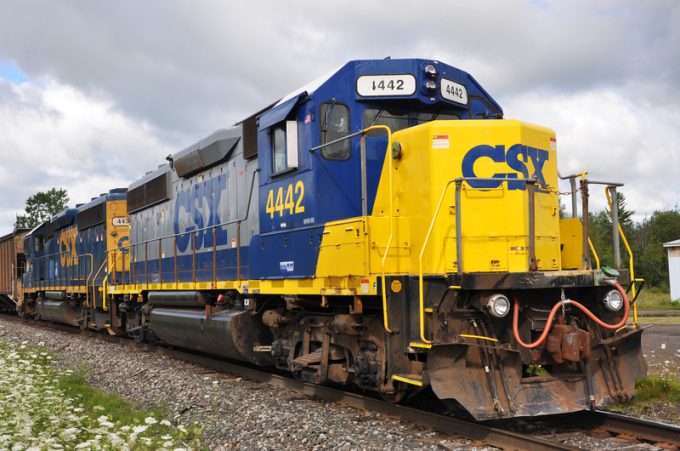TPM: Huge rise in cargo theft prompts call for federal help
A huge rise in cargo theft in the US has left stakeholders pushing for “federal ...

Results from three of the top four US Class I railways for the past year should please shareholders, despite poor service records.
There are indications that their top brass are looking to address this issue, but it remains to be seen how far these efforts will ...
MSC switches two more Asia-Europe port calls from congested Antwerp
Canada and Mexico get cosy with trade plan to bypass US
Front-loading frenzy has made traditional H2 peak season 'unlikely'
Tradelanes: Export boom in Indian sub-continent triggers rise in airfreight rates
Carriers introduce surcharges as congestion builds at African ports
Mexican airport modernisation plan unlikely to boost cargo facilities
Tradelanes: Overcapacity on Asia-S America impacting alliances and rates
Ports and supply chain operators weigh in on funding for CPB

Comment on this article